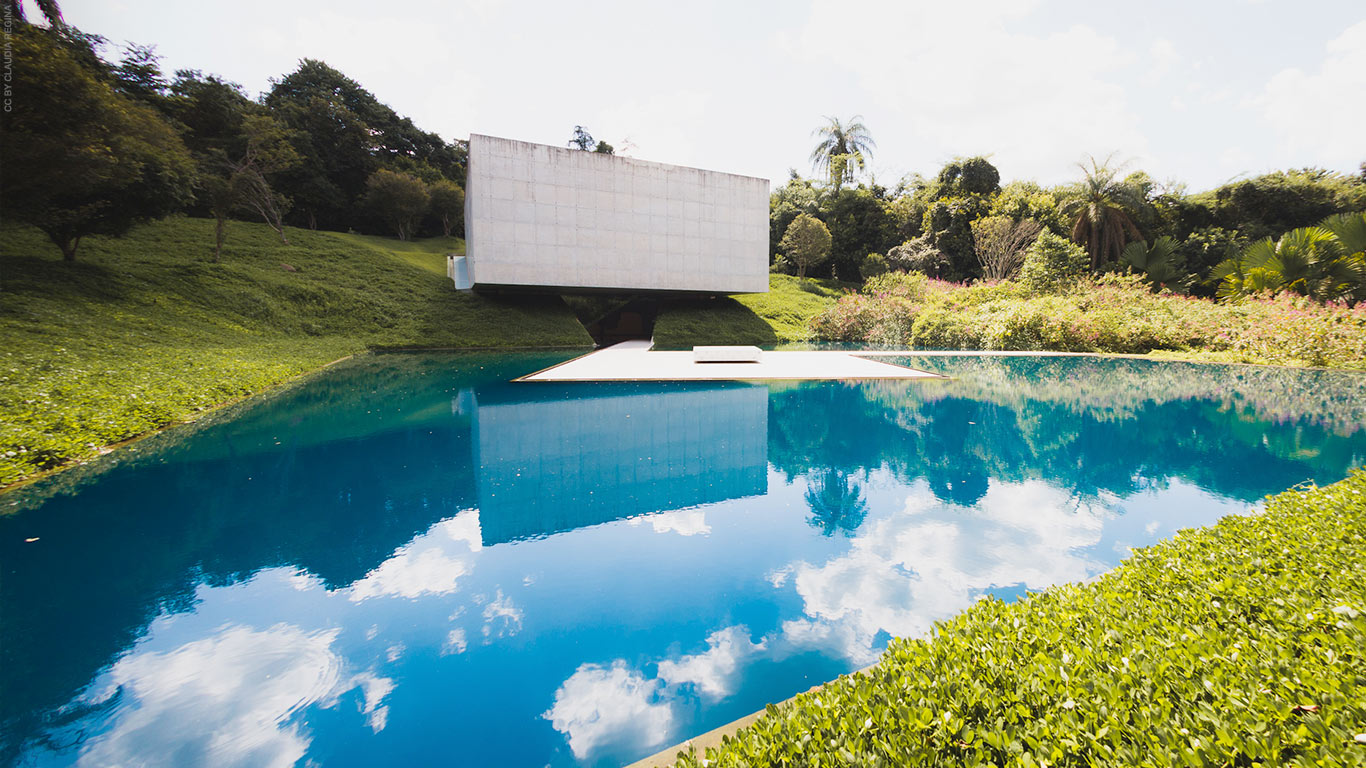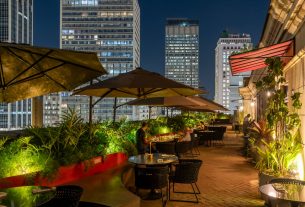Reading time: 6 minutes
Minas Gerais is the perfect destination for those who admire art and history and enjoy interacting and contemplating an imposing nature, almost always surrounded by mountainous landscapes, as well as some of the most acclaimed cuisine in Brazil.
From north to south, this State presents vibrant destinations that tell stories and legends marked by the Gold Cycle – a colonial period in which the exploration and export of gold extracted from Brazilian mines, between the 17th and 18th centuries, was the main economic activity, increasing abundantly the number of people arriving in our country.
These are places like Ouro Preto and its surroundings, a group of cities that became known as Historic Cities, where the ideals of freedom and emancipation of Brazil culminated in the Inconfidência Mineira and are well represented in their exuberant, well-preserved architecture.
However, Minas Gerais is not just focused on preserving its past. Without giving up this heritage, the State seeks the most contemporary in world culture, and Inhotim is a clear example of this that deserves to be known.
For those of you who want to know a little more about this unique and important state for Brazilian culture that is Minas Gerais, we have listed some points that are worth knowing more about:
Inhotim
How about visiting a beautiful park where many art galleries and open-air works are located amidst natural landscape works, seeking references in the most current in the arts?
Inhotim is like that. A place for art lovers, designers, botanists and landscapers who will be moved by the natural and artistic wonders so well presented. It is a true open-air museum where contemporary art and natural art mix extraordinarily.
Located in Vale do Paraopeba, in the city of Brumadinho, the Inhotim Institute is a park that combines works and art galleries, within a Botanical Garden, in an extensive area with 145 hectares of land in the middle of the Atlantic forest.
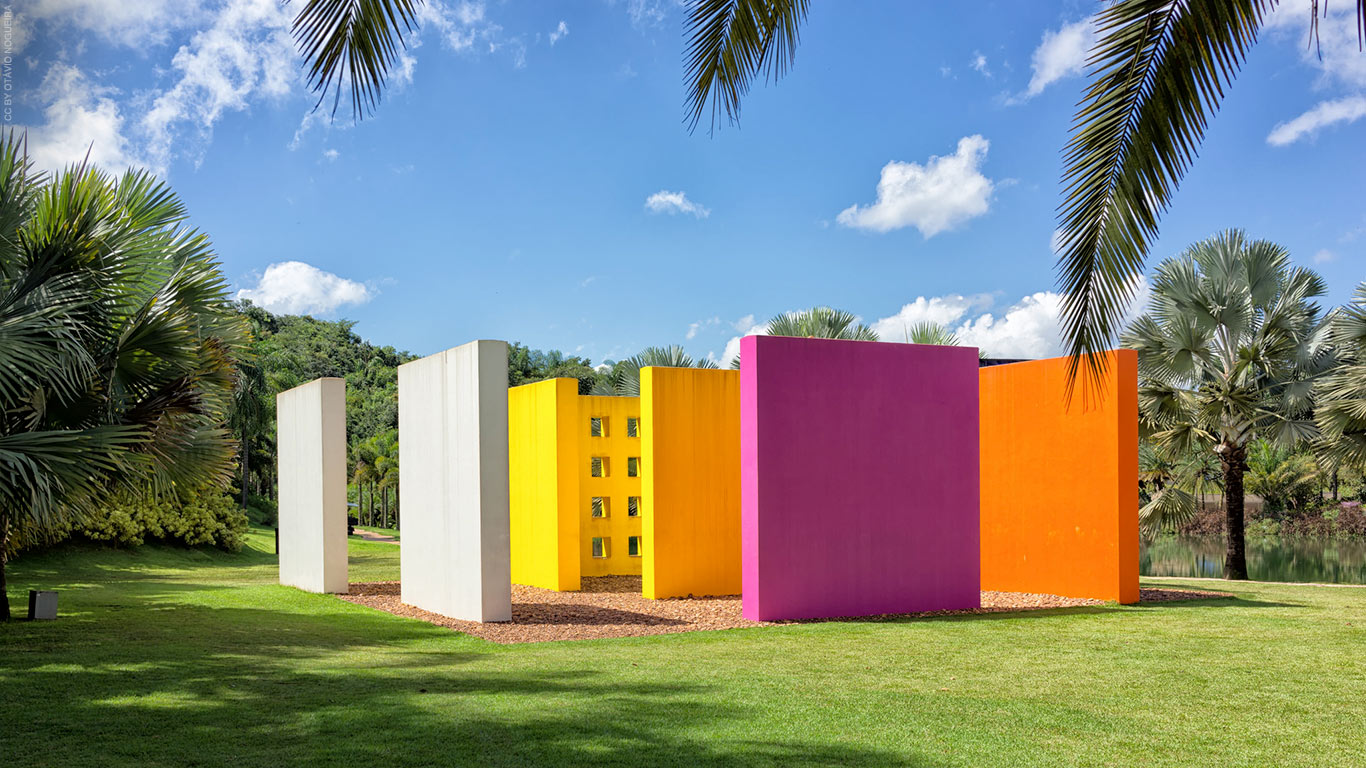
Browse the galleries of gardens, small forests, trails and mountains. In every corner there is something new and different. There are works by around 85 artists, of different nationalities, exhibited in the form of photos, videos, sculptures, drawings and spaces that fascinate visitors, encouraging them to not only contemplate, but experience each of these feats, which could only have come from of extraordinary minds.
Inhotim’s botanical collection houses rare species from across the planet. A contemplative place, inviting for pleasant walks that, in addition to such artistic compositions, has natural attractions such as gardens, valleys and lakes.
Black gold
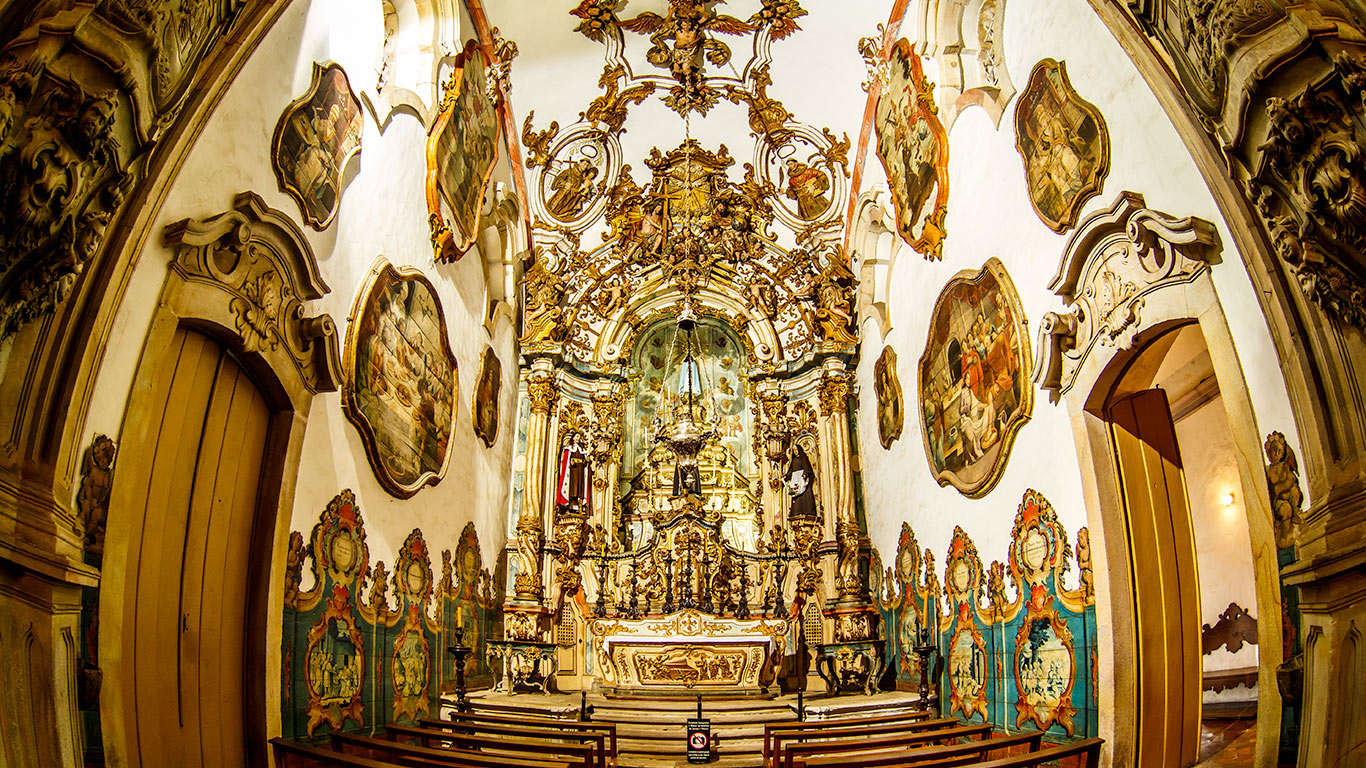
Due to its typical architectural representation of historic colonial buildings, Ouro Preto is considered a Cultural Heritage of Humanity by UNESCO. Properties such as the Casa dos Contos, the Museu da Inconfidência and the Museu do Aleijadinho are the best examples.
But, we also highlight the religious buildings of the Matriz de Nossa Senhora do Pilar, one of the greatest references of Brazilian Baroque, with its gold details on its six side altars; and the Church of São Francisco de Assis, a true work of art where there are rich paintings and sculptures in soapstone, made by Aleijadinho.
It is also a very festive and artistic city, where many ateliers and craft fairs delight you with their lively charm. Furthermore, occasional festivals such as the Street Carnival, the Film Festival, the Winter Festival, the Forum of Letters and Tudo é Jazz, attract tourists from all over Brazil.
Mariana
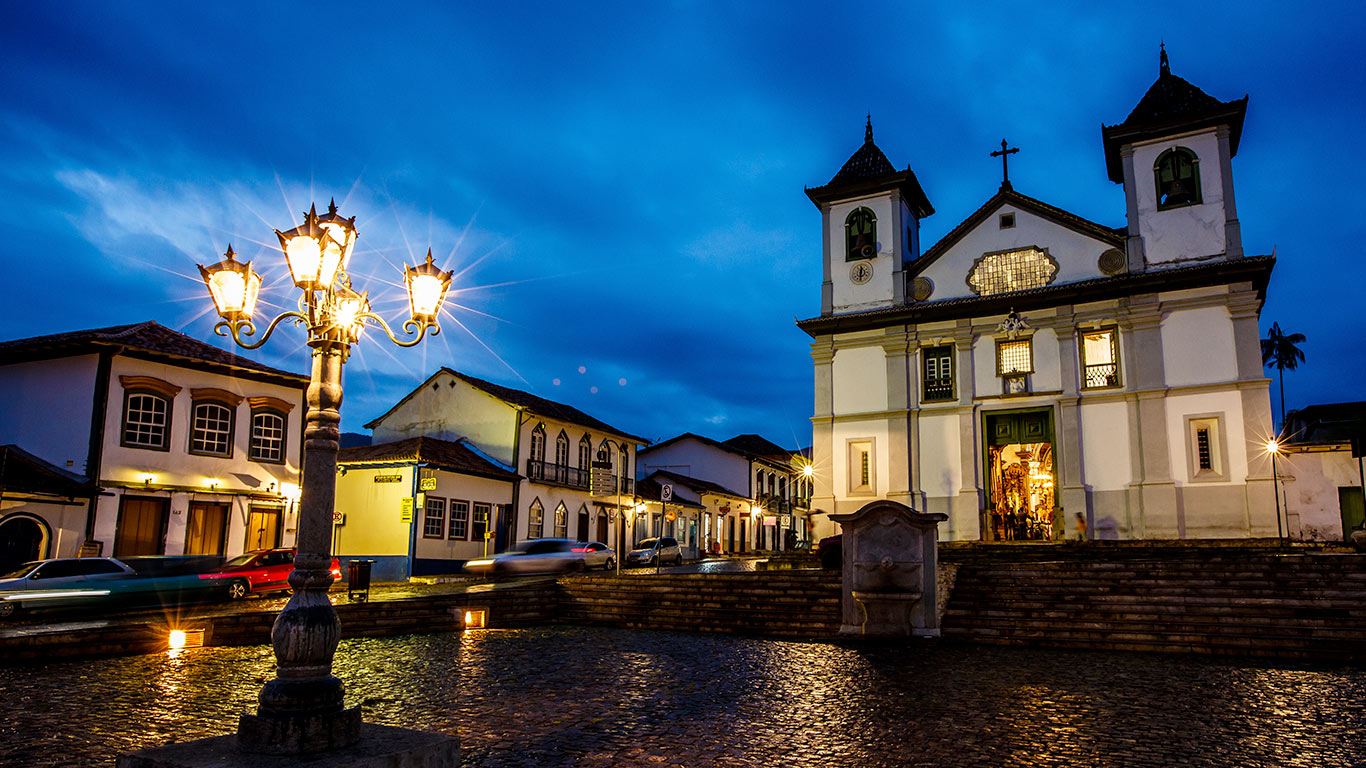
This charming city is one of the cradles of Minas Gerais religiosity, which is why visiting the Basilica Cathedral of Nossa Senhora da Assunção, one of the five first churches in Brazil, is one of the most important points. Better known as Igreja da Sé de Mariana, its famous organ is one of its attractions, an instrument dating back to 1701, made in Germany, and brought to Brazil in 1753 as a gift to the then bishop of the city. The organ continues to operate and can be heard in performances.
Another important tourist attraction is Praça Minas Gerais, which is surrounded by other religious buildings in the Baroque style, the Church of São Francisco de Assis and the Sanctuary of Nossa Senhora do Carmo, places that hold treasures such as the works of Aleijadinho and Mestre Atayde.
Tiradentes
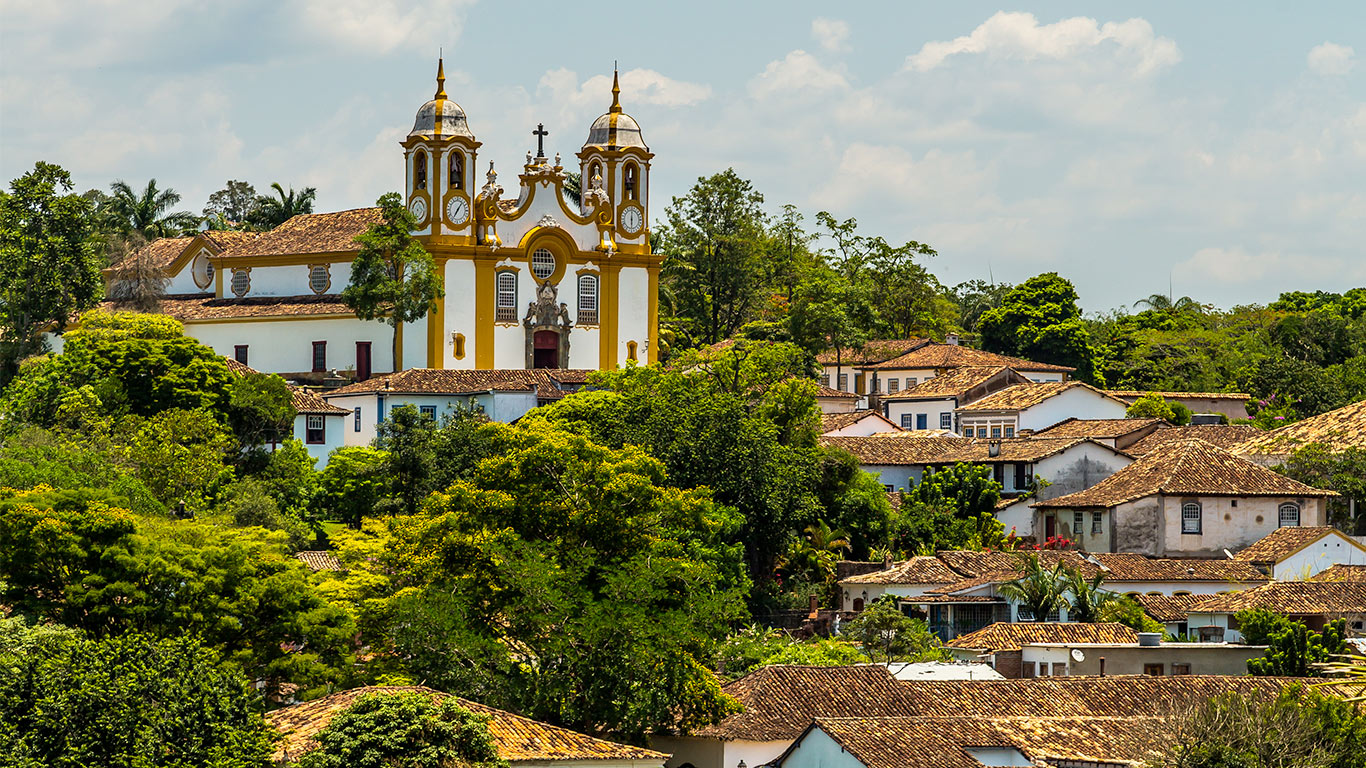
The historical context is also well preserved in Tiradentes, where churches and houses date back to the 18th century, such as the Matriz de Santo Antônio where beautiful rococo paintings are kept, in addition to the sculptures by Aleijadinho on its facade.
There is also the Padre Toledo Museum, another attraction that highlights the centuries-old arts of Minas Gerais in its furniture, household utensils, paintings and sacred images.
São João del Rei
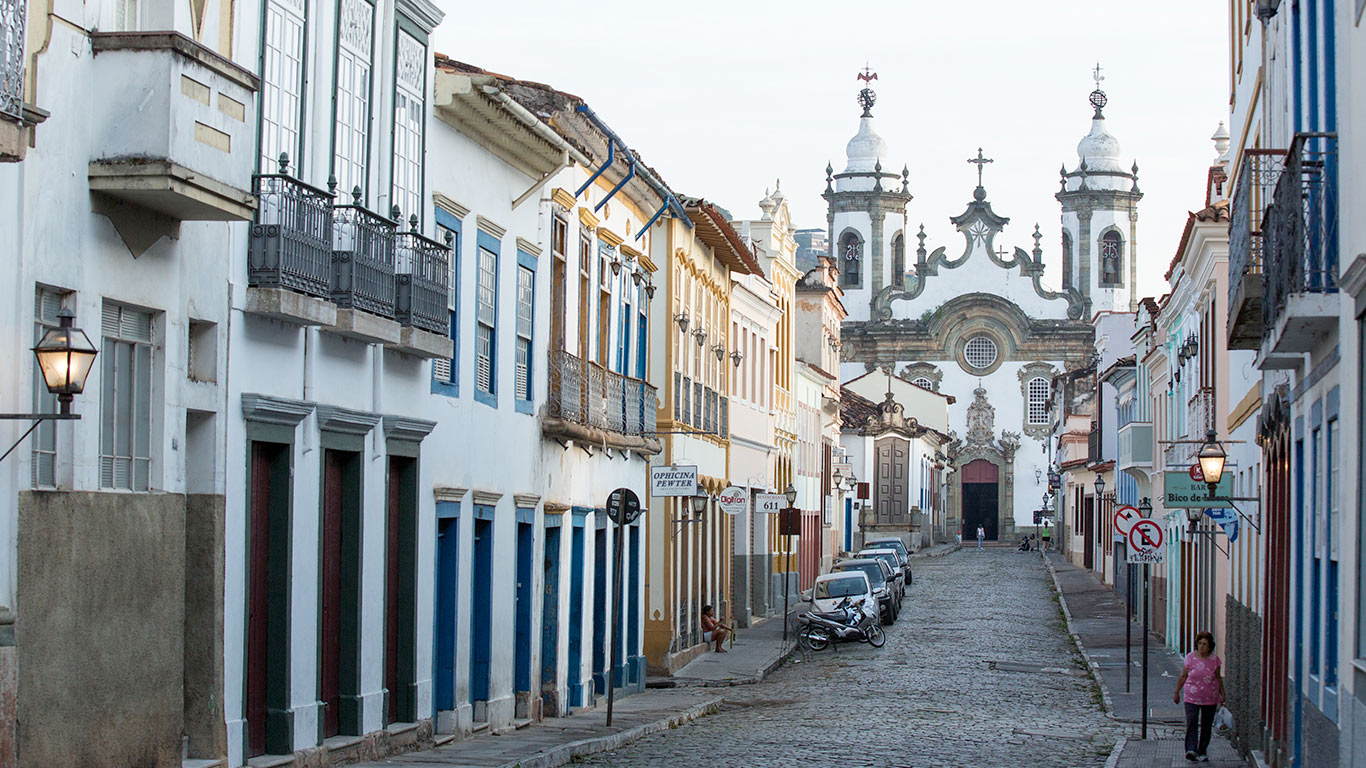
A visit to the Church of São Francisco de Assis is a great option, especially if you are there on a Sunday, when baroque music enchants the faithful. Don’t miss the Historic Center, walking through the narrow cobblestone streets, visiting museums and captivating colonial buildings.
Diamond
Illustrious personalities from Brazilian history made their home in this city – the slave Chica da Silva, known as the queen of Tijuco; and President Juscelino Kubitschek.
In addition to the residences of these great historical names, there is a genuine musical essence expressed in this city, with the various groups of serenades, choirs and bands that sing at night. And, taking advantage of the artistic joke, rich typical Minas Gerais crafts can be found in its many jewelry, costume jewelry and rug shops.
Tips from Ambiental Turismo
- Both Inhotim and the Historic Cities are suitable places for pleasant walks, so wear comfortable clothes and shoes, without forgetting sunscreen.
- Check the cultural programs in advance so you don’t miss interesting attractions such as serenades, arts and music festivals and other events that are intense in the Historic Cities of MG.
- In Inhotim there is a separate transport service within the park, reminiscent of those golf carts, and which greatly speeds up movement between the galleries for those who only have a few days to visit or have mobility difficulties.

Sign up for our newsletter and stay up to date with exclusive news
that can transform your routine!
Warning: Undefined array key "title" in /home/storelat/public_html/wp-content/plugins/link-whisper-premium/templates/frontend/related-posts.php on line 12
Warning: Undefined array key "title_tag" in /home/storelat/public_html/wp-content/plugins/link-whisper-premium/templates/frontend/related-posts.php on line 13

